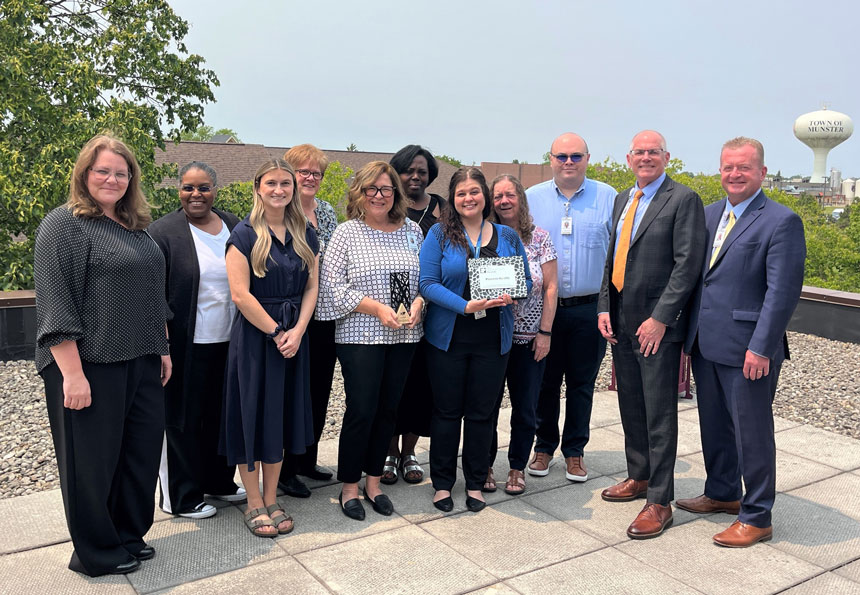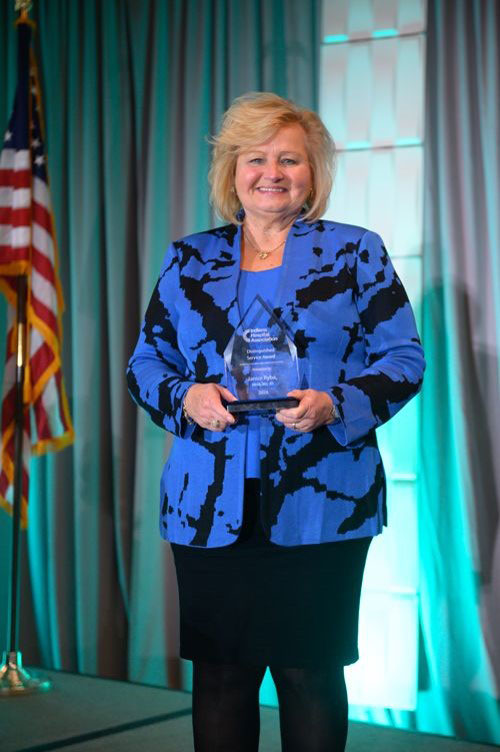
“Acid reflux absolutely interfered with my quality of life,” Brack says. “Many times I would be eating a meal during family celebrations and it would aggravate my reflux. My lower esophageal valve was completely open. The acid and bile in my stomach would reflux almost 100 percent, then aspirate into my lungs. That is why I kept getting lung infections and pneumonia.”
Then she heard about a new device called LINX. General Surgeon Russell Pellar, MD, was the first surgeon in Northwest Indiana to offer this alternate solution for severe acid reflux.
When LINX’s small band of magnetic beads is positioned around the patient’s esophagus at the lower muscle or sphincter, it acts as a natural barrier to reflux and helps to eliminate gastroesophageal reflux disease or GERD.
GERD is typically treated with medications called proton pump inhibitors (PPIs). PPIs can lose their effectiveness over time, requiring progressively higher dosing.
Up until now, laparoscopic Nissen fundoplication had been considered the standard surgical approach for treatment of severe GERD.
During the LINX procedure, instead of the stomach being altered as in a laparoscopic Nissen fundoplication, the titanium ring shaped device is positioned around the neck of the lower esophagus just above the stomach. The magnetic beads constrict to prevent acid from escaping out of the stomach while allowing the patient to eat and swallow normally.
“LINX sounded like a better option for me,” says Brack. “I think that we have some really good care out here in Northwest Indiana and I try to stay close to home. I am really happy with Dr. Pellar and could definitely feel a difference in my esophagus right away. Everything is staying down. I don’t think I would get better care anywhere else.”
For more information about LINX and minimally invasive procedures to help relieve GERD, visit comhs.org.


